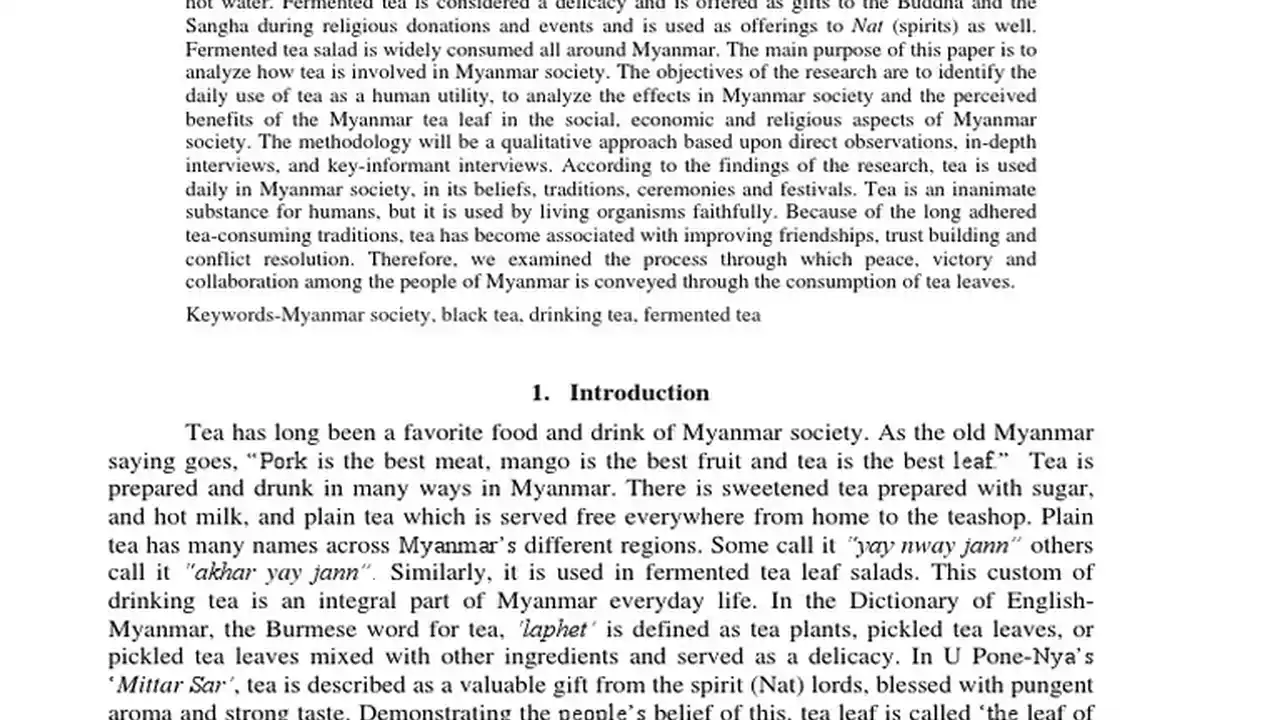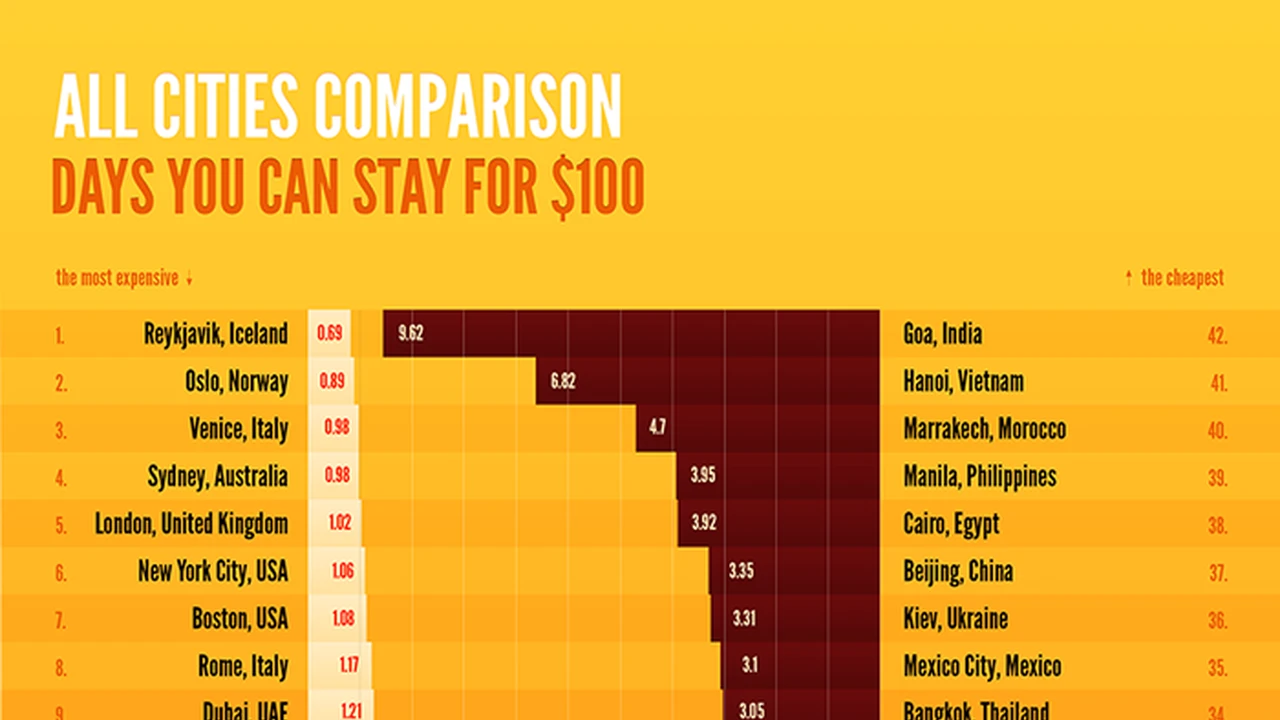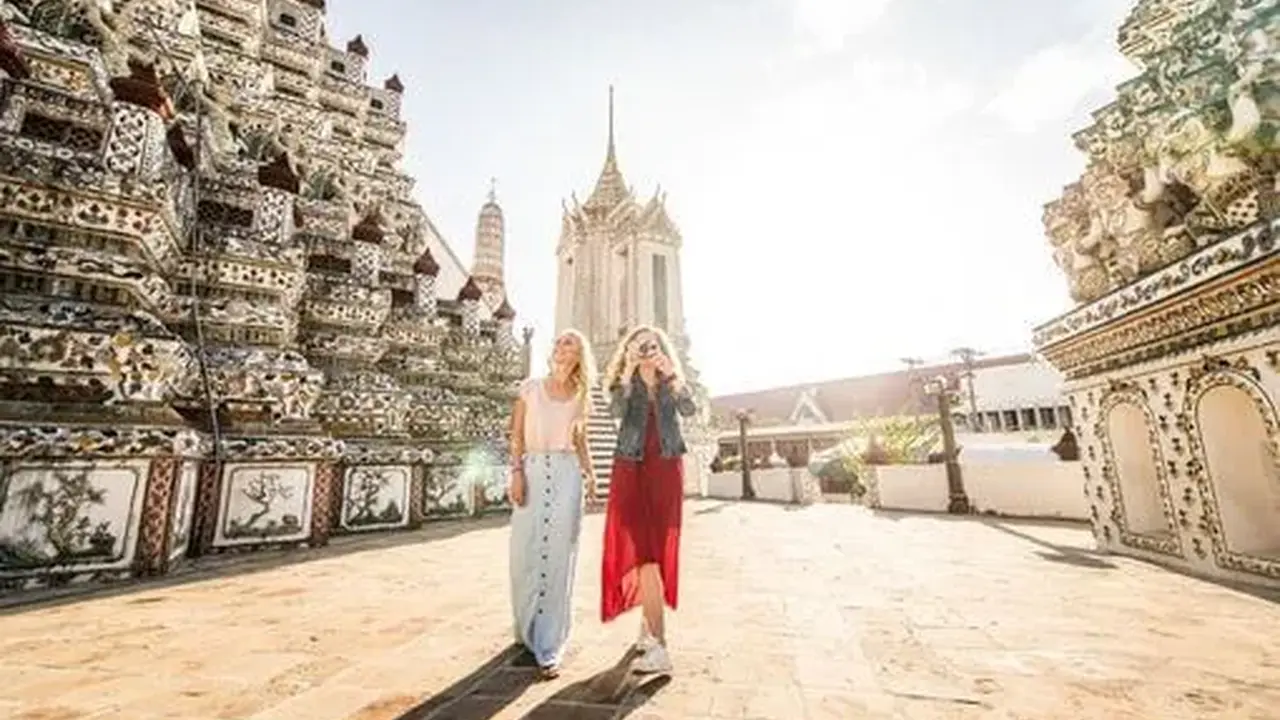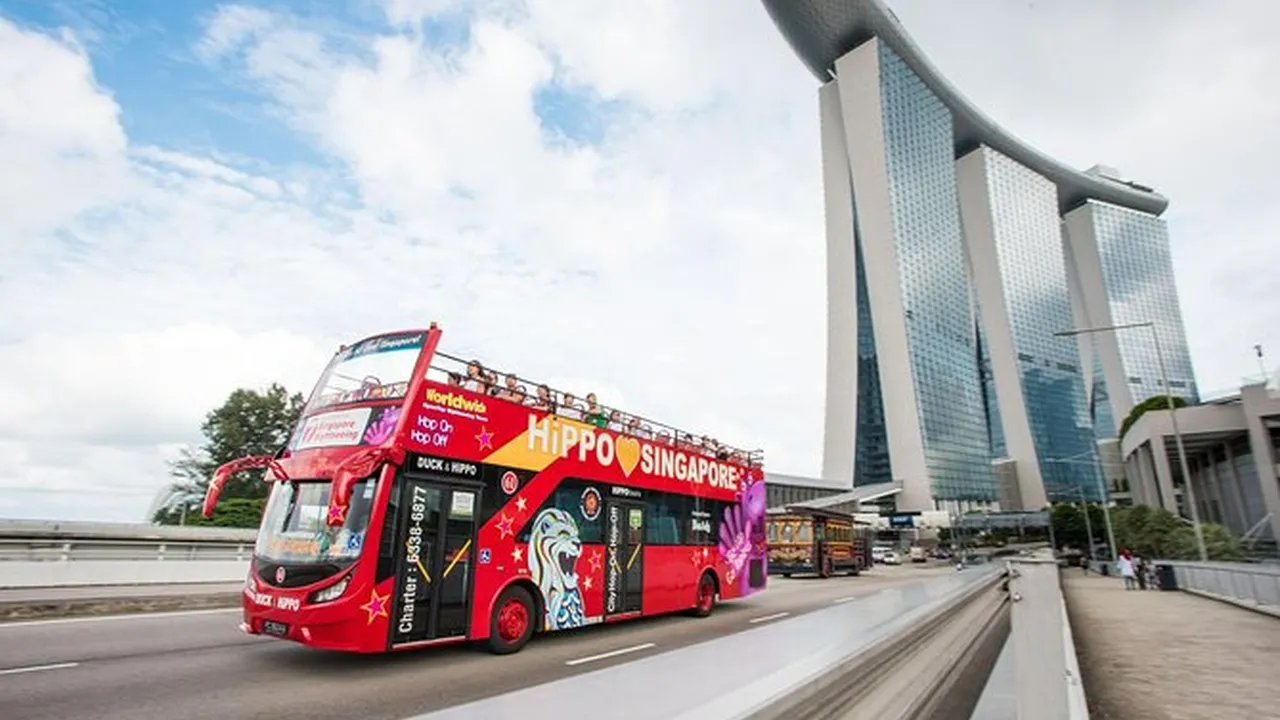Myanmar Tea House Culture Experience
Experience the unique tea house culture in Myanmar and discover local traditions. Sip on traditional tea, sample local snacks, and socialize with locals. Immerse yourself in the social atmosphere of Myanmar's tea houses.

Discovering the Heart of Myanmar Tea Houses and Local Life
Okay, so you're heading to Myanmar, right? Beyond the shimmering pagodas and ancient cities, there's this whole other world waiting to be explored: the Myanmar tea house. Forget fancy coffee shops; these are the real social hubs, the places where locals gather to chat, gossip, and just generally hang out. Think of it as Myanmar's version of a pub, but with tea instead of beer. And seriously, you can spend hours just soaking it all in.
What Makes Myanmar Tea Houses Special A Cultural Hotspot
What sets these tea houses apart? It's the whole vibe. They're usually open-air, super casual, and buzzing with activity. You'll see groups of friends playing chess, families sharing snacks, and monks taking a break from their studies. The air is filled with the aroma of freshly brewed tea, fried snacks, and the murmur of conversations. It's a sensory overload in the best possible way.
Navigating the Menu What to Order at a Myanmar Tea Shop
Alright, let's talk about the important stuff: the food and drinks! Tea is obviously the star of the show, and you'll usually be offered a pot as soon as you sit down. It's typically strong, black tea, often served with condensed milk and sugar. But the snacks are where things get really interesting. You'll find everything from savory pastries and fried noodles to sweet cakes and sticky rice. Don't be afraid to try something new – that's half the fun!
Must-Try Myanmar Tea House Snacks and Local Delicacies
Here's a rundown of some must-try snacks:
- Mont Lin Ma Yar (Couple Snack): These are like mini pancakes cooked in a special pan, topped with sesame seeds, peanuts, and sometimes quail eggs. Super tasty and a great snack to share.
- E Kya Kway (Burmese Doughnuts): These are similar to Chinese youtiao, deep-fried dough sticks that are crispy on the outside and fluffy on the inside. Perfect for dipping in your tea.
- Samosas: Yes, you've probably had samosas before, but the Burmese version is often filled with potatoes, lentils, and spices, and served with a tangy dipping sauce.
- Nan Gyi Thoke (Noodle Salad): This is a heartier option, a delicious noodle salad with chicken, fish cake, and a flavorful peanut sauce.
- Htamane (Sticky Rice Snack): A seasonal dish often enjoyed during festivals, made from glutinous rice, coconut flakes, peanuts, and ginger.
Tea House Etiquette Tips for Immersing in Local Culture
A few things to keep in mind when visiting a Myanmar tea house:
- Be respectful: Dress modestly and avoid loud or disruptive behavior.
- Learn a few basic phrases: Knowing how to say \"hello\" (Mingalaba) and \"thank you\" (Kyay zu tin pa te) will go a long way.
- Don't be afraid to try new things: The staff are usually happy to explain the different snacks and drinks on offer.
- Relax and enjoy the atmosphere: Tea houses are all about taking a break and enjoying the company of others.
Recommended Tea Products and Tools for the Ultimate Myanmar Tea Experience
Want to bring the Myanmar tea house experience home? Here are a few products to consider:
- Myanmar Black Tea: Look for loose-leaf tea from reputable suppliers. Some popular brands include Yae Twin and Mandalay Tea. A 500g bag typically costs between $10-$20, depending on the quality and brand.
- Usage Scenario: Perfect for brewing a strong, flavorful cup of tea at home. Enjoy it plain or with condensed milk and sugar.
- Burmese Tea Pot: A traditional clay or ceramic tea pot is a must-have for brewing Burmese tea. Look for one with a small spout and a comfortable handle. Prices range from $20-$50, depending on the material and design.
- Usage Scenario: Use it to brew and serve your Myanmar black tea. The traditional design adds to the authenticity of the experience.
- Shan Tea: This is a specific type of tea grown in the Shan State of Myanmar. It has a unique flavor profile, often described as earthy and slightly smoky. Expect to pay around $15-$30 for a 500g bag.
- Usage Scenario: A great alternative to regular black tea. Experiment with different brewing methods to find your preferred taste.
- Myanmar Tea Mix (Lahpet Yay): This is a pre-mixed blend of tea leaves, milk powder, and sugar, designed for convenience. It's a popular choice for those who want a quick and easy cup of Burmese tea. A package of 20 sachets usually costs around $5-$10.
- Usage Scenario: Ideal for travel or when you don't have time to brew loose-leaf tea. Simply add hot water and enjoy.
- Tea Strainer: A good quality tea strainer is essential for brewing loose-leaf tea. Look for one made from stainless steel with a fine mesh. Prices range from $5-$15.
- Usage Scenario: Use it to strain your tea leaves after brewing. A fine mesh ensures that you get a clean, sediment-free cup.
Product Comparison Shan Tea vs Burmese Black Tea
Let's break down the differences between Shan Tea and Burmese Black Tea:
- Flavor: Shan Tea tends to have a more earthy and smoky flavor, while Burmese Black Tea is typically stronger and more robust.
- Origin: Shan Tea is grown in the Shan State, while Burmese Black Tea can be grown in various regions of Myanmar.
- Price: Shan Tea is often slightly more expensive than Burmese Black Tea due to its unique flavor profile and limited availability.
- Brewing Method: Both teas can be brewed using similar methods, but some prefer to use a slightly lower water temperature for Shan Tea to preserve its delicate flavors.
Finding the Best Tea Houses Location and Recommendations
So, where do you find these amazing tea houses? They're everywhere! Seriously, you can't walk more than a few blocks in most towns and cities without stumbling upon one. Some of the best ones are in Yangon, Mandalay, and Bagan. Just wander around, look for a place that's bustling with activity, and dive in!
Real Stories Myanmar Tea House Experiences
I remember one time I was in Yangon, exploring the Shwedagon Pagoda. After hours of walking around in the heat, I was exhausted and craving something refreshing. I stumbled upon this tiny tea house tucked away on a side street. The owner, a friendly old woman, greeted me with a warm smile and a pot of iced tea. I sat there for hours, watching the locals go about their day, chatting with the owner (as best I could with my limited Burmese), and just soaking in the atmosphere. It was one of those travel moments that I'll never forget.
Myanmar Tea House Culture A Must-Do on Your Travel Itinerary
Visiting a Myanmar tea house is more than just grabbing a quick drink; it's a chance to connect with the local culture, experience the warmth and hospitality of the Burmese people, and create memories that will last a lifetime. So, next time you're in Myanmar, ditch the tourist traps and head to a tea house. You won't regret it!
:max_bytes(150000):strip_icc()/277019-baked-pork-chops-with-cream-of-mushroom-soup-DDMFS-beauty-4x3-BG-7505-5762b731cf30447d9cbbbbbf387beafa.jpg)






